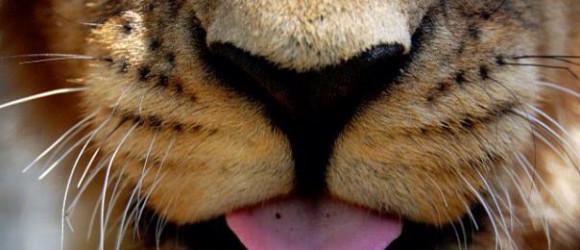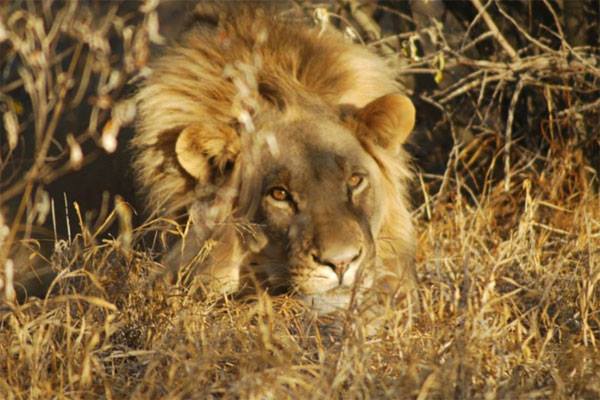Protect The African Lion
- At January 21, 2015
- By Rosemary Wright
- In Global Issues
 1
1

Protect The African Lion
I Am Always Happy To Support The Incredible Work Being Done By Chris Mercer At CACH
Protect The African Lion – Please read this important post by Becca Bryan – It is estimated that there are approximately 35,000 wild lions in Africa. This is a large decline in the total population since last estimates in 1980 of about 76,000. The decline is largely due to habitat loss, loss of prey base, and increased human-lion contact.
This is where all of us can make a difference.
The U.S. Fish and Wildlife Service (Service) is considering a proposal to list the African lion under the Endangered Species Act (ESA) to “Threatened”, with what is called a “4(d)” that addresses the protections being considered for lions. The African lion is listed in Appendix II of the Convention on International Trade in Endangered Species of Wild Fauna and Flora (CITES).

The proposed 4(d) rule under for African lions covers all of the protections that might go into effect if the rule is finalized. The rule also addresses the importation of lion trophies from Africa to the United States. The United States is one of the main countries that imports sport hunted lion trophies
I wanted to know more about the proposed listing for the African Lion, and how the 4(d) rule works. So I queried the Service and received an extensive reply. Below is a summary of the questions sent and answers received. Please note: some answers have been shortened but the wording was not changed.
1. What are the next steps after this proposed rulemaking to protect the African lion under the Endangered Species Act (ESA)?
The Service has one year to either withdraw the rule or finalize the rule. If the agency finalizes the rule, protections begin 30 days after publication in the Federal Register.
2. Under the 4(d) rule as it pertains to the permitting mechanism for the importation of sport-hunted lion trophies:
• How does the Service determine if a country has a scientifically sound management plan for African Lions?
In regards to wild lions, for the Service to determine if a country has a well-managed, scientifically based management plan for African lions, the agency would need information from the country on the following:
The lion management plan – what mechanisms are in place to manage lions; what agency oversees the implementation of lion management and what is that agency’s capacity to carry out that work?
Population status – Are there current population numbers?; when was the last survey and what methodology was used to determine population numbers?; is the lion population declining, staying stable, increasing and how was this determined?
Habitat and range – What is the current distribution of lions in the country?; is available habitat shrinking due to human encroachment?
Hunting policies and regulations – Is there a hunting quota for lions?; If so, how is the quota divided within the country?; how much money is generated through lion hunting and how are those funds utilized (e.g., are funds going back to lion conservation)?
• Will the proposed rule reduce the number of sport-hunted trophy permits for U.S. sport hunters?
The Service will be sending a letter to each country where hunting is allowed with a series of questions to begin gathering the information needed to make our determination.
3. Service Director Ashe mentioned in an article that the burden is on countries to demonstrate management plans are in place and hunting quotas are set. Does the Service believe that (a) sport-hunting private reserves or farms have set quotas for the number of lions hunters can kill and bring back to the U.S.? and (b) if there really are set quotas, how many are there for each private farm?
The Service has just started its efforts to investigate/evaluate hunting policies and quotas in these countries. It is not known at this time if quotas have been established for hunting reserves or farms or how these quotas are distributed. Whether the lion is wild or captive-held/captive-bred, the Service would need to determine if the importation of a trophy would enhance the survival of the species in the wild.
Take action to protect the African lion. The Service’s proposal is still open for the public to comment.
US. Fish and Wildlife Service – Endangered and Threatened Wildlife and Plants; Listing the African Lion Subspecies as Threatened With a Rule Under Section 4(d) of the ESA
http://www.regulations.gov/#!documentDetail;D=FWS-R9-ES-2012-0025-3488
All comments and information regarding this proposal must be submitted to the Service on or before January 27, 2015. You can do this online at the above link, or mail to the Service address on the link above.

Follow – A BEATING HEART